All images by Al Mefer. Used with Creative Commons permission.
It goes without saying that the brain is a powerful thing. Not only does it act as a big computer that controls our body, it sets us humans apart from other creatures as it lets us think and experience many different emotions. The brain lets us process our senses and feelings so we could come up with some of our most creative, possibly even game-changing ideas that could go as far as help the world one way or another.
But as we know, things are not always bright and sunny inside our heads. The brain, after all, is complex, too, and so sometimes everything gets jumbled in there. Conflicting thoughts and feelings could leave us struggling, confused, and overwhelmed – with some people experiencing worse than others.
If you have ever wondered how the brain of a tortured mind looks like, look no further than this photo series by Alicante, Spain-based visual artist Al Mefer titled Phantoms of the Brain.
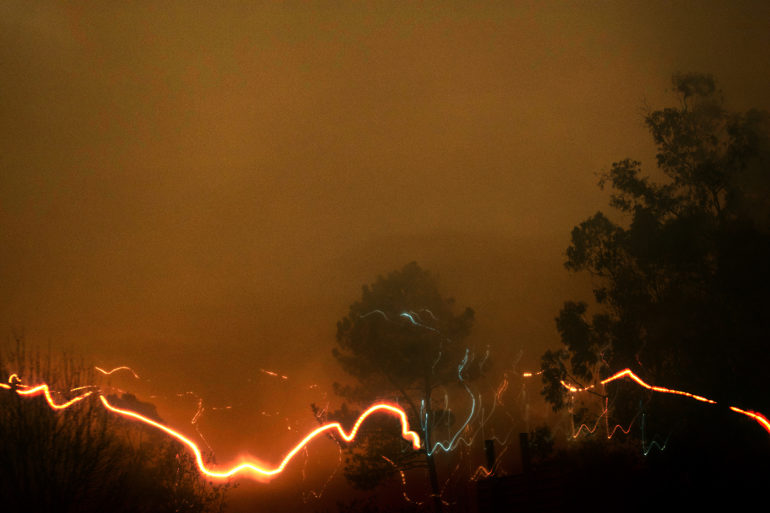
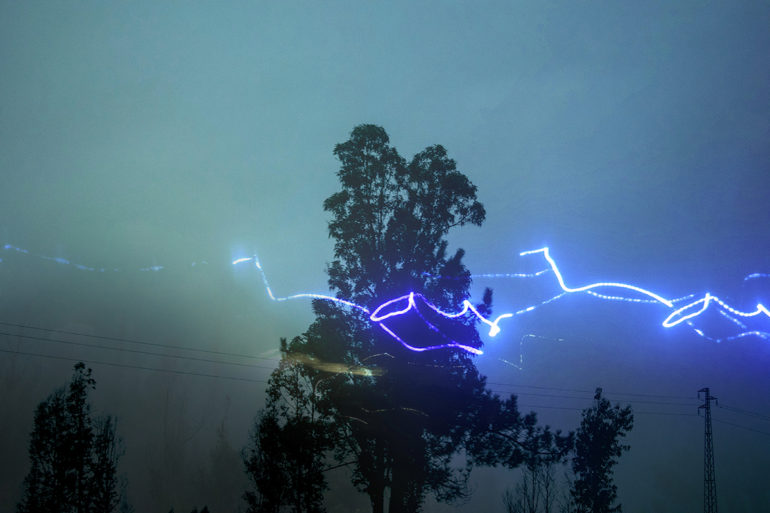
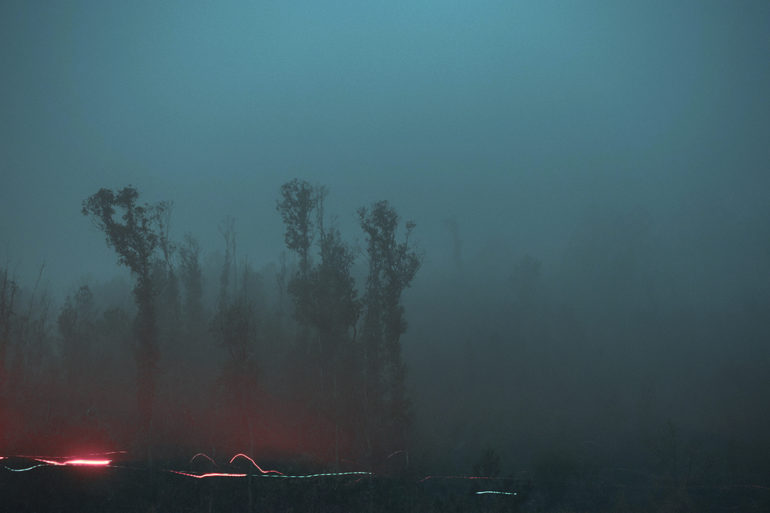
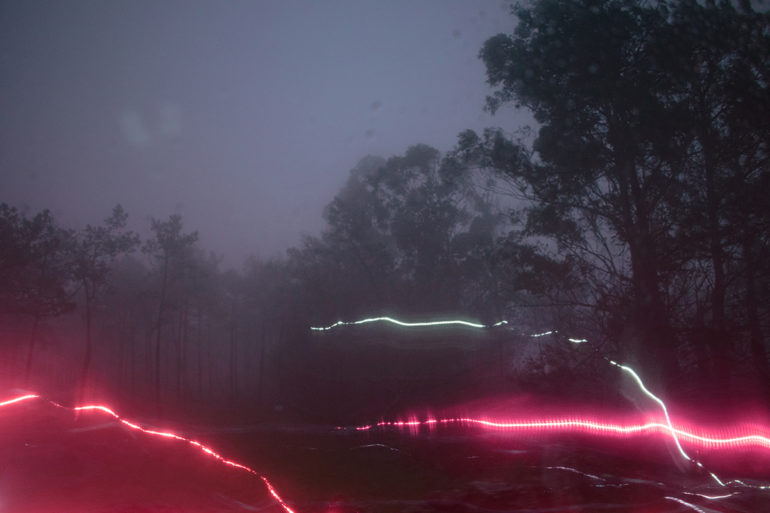
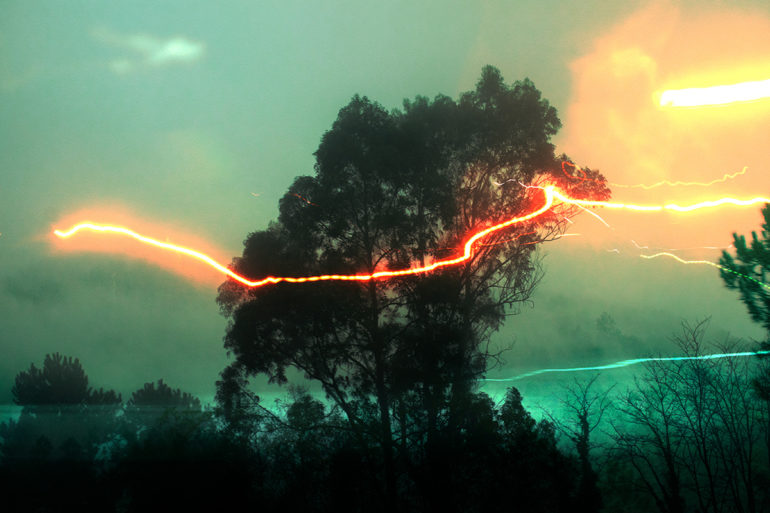
With Phantoms of the Brain, Mefer, a neuroscientist himself, brings to light some of the darker thoughts and feelings usually spoken about in hushed voices – if not completely suppressed. He takes creative liberty in interpreting psychological disorders such as obsession, anxiety, and depression by combining trees, rays of light, fog, and color.
Using trees and light to symbolize these intangible states seemed a natural choice given that the most prominent part of a neuron is called the dendrite, from the Greek work déndron or tree, which transmits electrical signals to the cell body. Meanwhile, the fog that casts the photos acts as a perfect detail, a beautiful yet haunting visual metaphor for the dark and gloomy state that the mind goes into when it suffers turbulent thoughts.
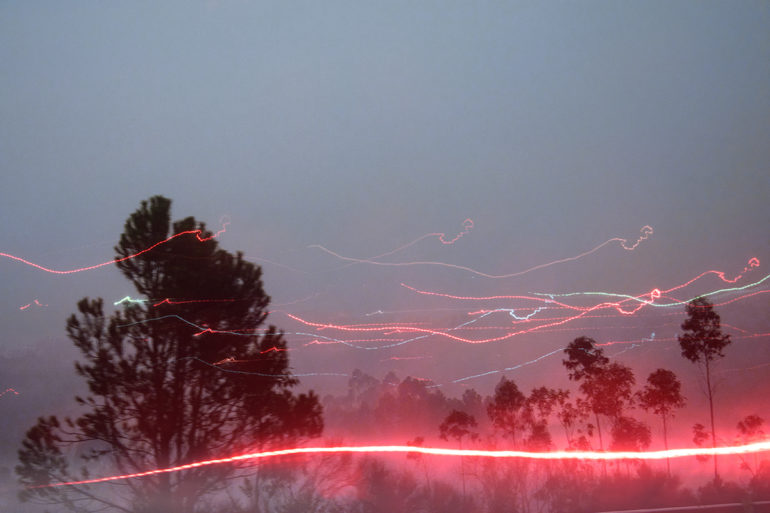
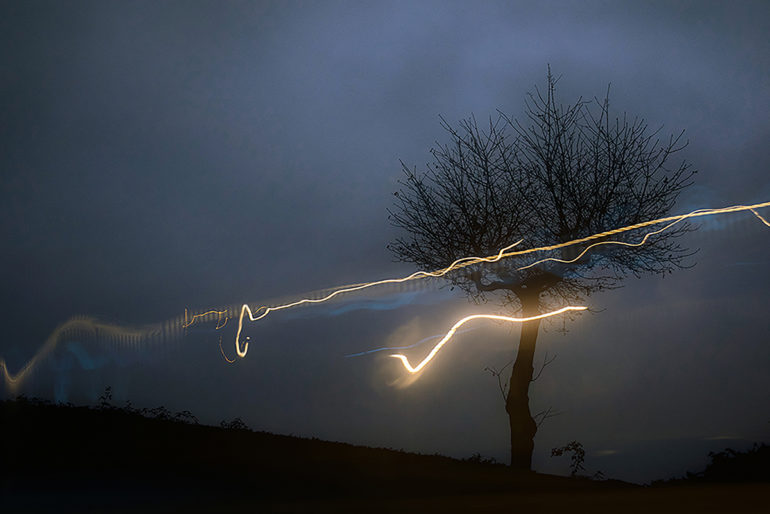
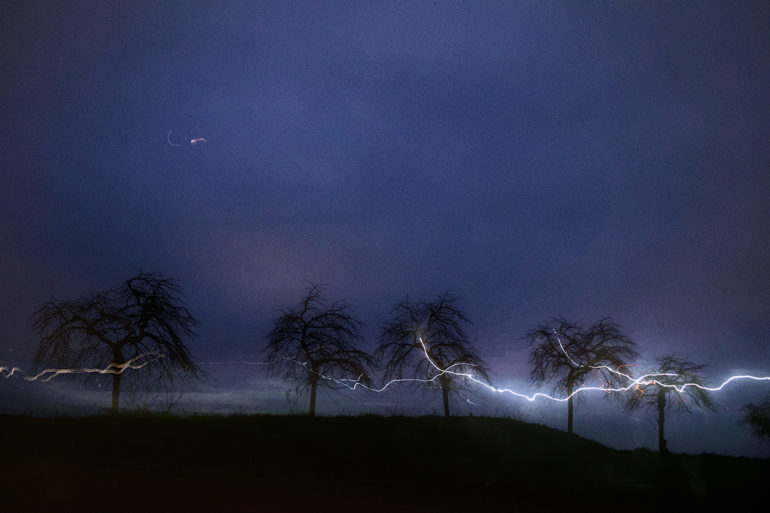
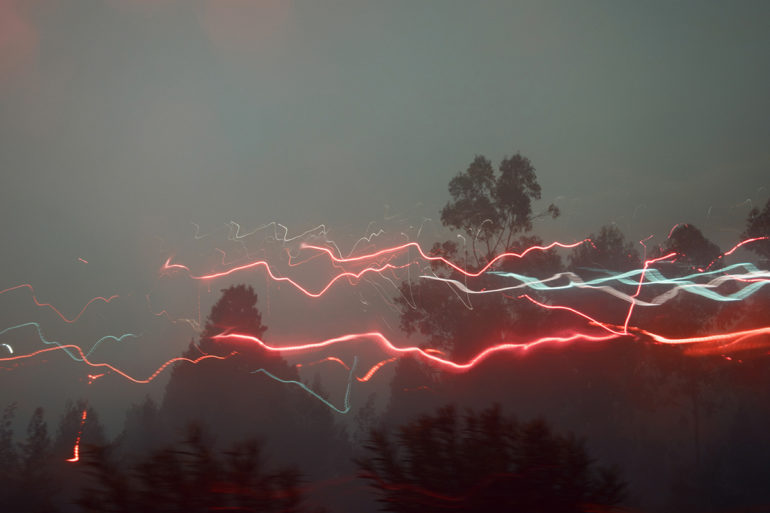
The anatomist Wilhelm His coined the term “dendrites” (from Greek “déndron”, translated as “tree”) to describe the branch-like extensions of neurons, the basic units of the brain, that propagate electrochemical information towards other cells. Since then, neuroscientists employ the simile of the tree to describe neurons as of their structural resemblance. In this photography series called “Phantoms of the Brain” trees are depicted in turbulent landscapes full of fog and rays of light as imagery of a mind sickened by obsessions, anxiety, depression and despair.
Don’t forget to visit Al Mefer’s website or Behance portfolio to see more of his work.
Related
from The Phoblographer http://bit.ly/2MtWNtL
via IFTTT
